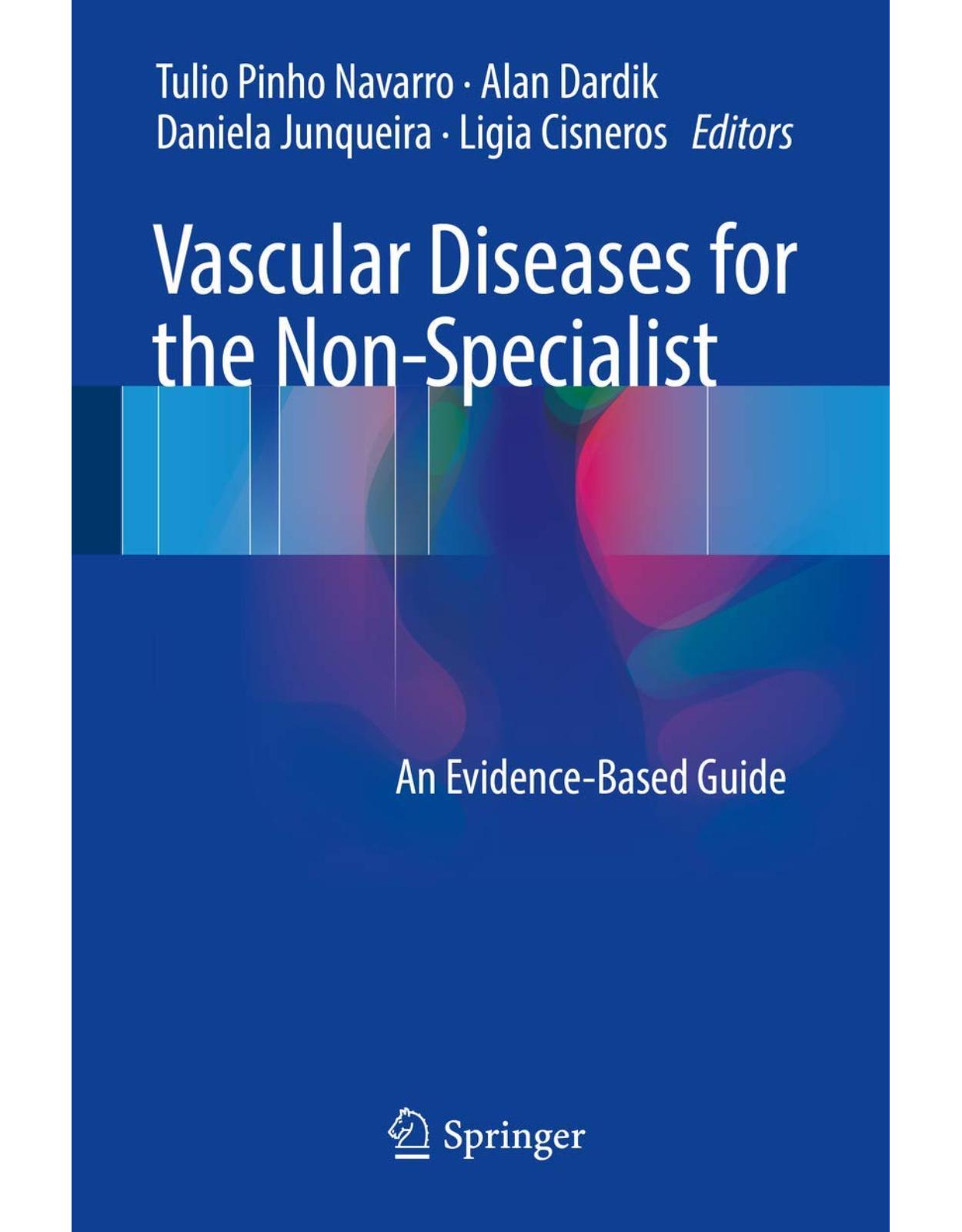
Vascular Diseases for the Non-Specialist: An Evidence-Based Guide
Livrare gratis la comenzi peste 500 RON. Pentru celelalte comenzi livrarea este 20 RON.
Disponibilitate: La comanda in aproximativ 4 saptamani
Editura: Springer
Limba: Engleza
Nr. pagini: 279
Coperta: Hardcover
Dimensiuni: 15.88 x 2.54 x 23.5 cm
An aparitie: 26 Jan. 2017
Description:
This book aims to provide non-specialist healthcare practitioners with current, focused and objective information on the most common vascular diseases encountered in daily clinical practice. In day-to-day clinical practice many healthcare practitioners do not have a working knowledge of the most common vascular diseases that frequently arise in patient care. Some of these topics include: aneurysms, peripheral arterial disease, diabetic foot, venous thromboembolism, cerebrovascular disease, aortic dissection, and acute limb ischemia. These commonly encountered vascular diseases are becoming public health issues due to their high morbidity and mortality as well as increasing healthcare costs. Since patients with vascular diseases are often referred to non-specialists, the general practitioner must know how to proper handle the most common vascular diseases encountered in daily clinical practice. For each disease the concept, epidemiology, natural history, diagnosis and treatment are described, followed by essential advice on what the non-specialist can do for the patient and when to refer the patient to a specialist.
Table of Contents:
1: How to Make Decisions in Healthcare?
Clinical Question and Study Design
Evidence-Based Healthcare and Systematic Reviews
Harms, Not Just Efficacy
How to Make Decisions in Healthcare
References
2: Anatomical Principles of the Circulatory System
Introduction
The Cardiovascular System
The Heart
Vessels’ Wall: The Endothelium
Coronary Irrigation
The Arterial System
Aorta and Its Branches
Cervical and Intracranial Irrigation
Thorax and Upper Limb
Lower Limb
The Venous System
Cervical and Intracranial
Thorax and Upper Limb
Lower Limb
The Lymphatic System
Lymphatic Vessels
Lymphoid Organs
References
3: Atherosclerosis
Introduction
Epidemiology
Pathophysiology
Cerebrovascular Disease
Coronary Artery Disease
Peripheral Artery Disease
Reno-Vascular Atherosclerosis
Diagnosis
Determining the Presence of Significant Atherosclerotic Disease or Its Equivalent
Ankle-Brachial Index
Carotid Ultrasonography
Femoral Ultrasonography
Electron-Beam Computed Tomography
Pressures and Pulse-Volume Recordings
Others Cardiovascular Methods of Evaluation
Utilization of Risk Stratification Scores
Treatment
General Practitioner’s Role
Medical Specialist Evaluation
References
4: Hemostasis and Anticoagulation Therapy
Introduction
Primary Hemostasis
Endothelium
Platelets
Platelet Adhesion
Platelet Activation
Platelet Aggregation
Secondary Hemostasis
Coagulation
The Initiation Phase
The Amplification Phase
The Propagation Phase
Fibrinolysis
Anticoagulant Treatment
Parenteral Anticoagulants
Unfractionated Heparin
Low Molecular Weight Heparins
Fondaparinux
Direct Thrombin Inhibitors
Oral Anticoagulants
Vitamin K Antagonists
Warfarin
Acenocoumarol
New Oral Anticoagulants
Dabigatran
Rivaroxaban
Apixaban
Edoxaban
References
5: Peripheral Artery Disease
Introduction
Epidemiology
Natural History and Clinical Presentation
Asymptomatic
Intermittent Claudication
Critical Limb Ischemia
Diagnosis
Treatment
Risk Factors Control
Treatment of Intermittent Claudication
Treatment of Critical Limb Ischemia
References
6: Acute Limb Ischemia
Introduction
Arterial Thrombosis
Arterial Embolism
Epidemiology
Clinical Presentation
Diagnosis
Differential Diagnosis
Treatment
Endovasculartherapy
Conventional Open Surgery
Complications
Syndrome of Reperfusion
References
7: Cerebrovascular Disease
Concept
Epidemiology
Clinical Presentation
Natural History
Diagnosis
Treatment
Medical Treatment
Surgical Treatment
What Generalist Doctor Can Do for This Patient?
When Is the Time to Refer to Specialist?
References
8: Abdominal Aortic Aneurysms
Concept
Epidemiology
Clinical Presentation
Image Exams
Abdominal Ultrasonography
Angiotomography
Magnetic Resonance Imaging
Screening Program
Treatment
Medical Approach
Smoking Cessation
Exercise
Pharmacotherapy
Doxycycline and Roxithromycin
Beta-Blockers
Antiplatelet Therapy
Angiotensin-Converting Enzyme Inhibitors and Angiotensin Receptor Blockers
What the Generalist Practioner Can Do for This Patient?
When to Refer to Vascular Surgery?
References
9: Peripheral and Visceral Aneurysm
Femoral Artery Aneurysms
Popliteal Artery Aneurysm
Subclavian Artery Aneurysm
Visceral Artery Aneurysms
Splenic Artery Aneurysms
Hepatic Artery Aneurysm
Superior Mesenteric Artery Aneurysms
Celiac Artery Aneurysms
Renal Arteries Aneurysm
What the General Practitioner Can Do for This Patient?
When to Refer to the Expert?
References
10: Thoracic, Thoracoabdominal, and Iliac Artery Aneurysms
Thoracic Aortic Aneurysm
Thoracoabdominal Aortic Aneurysm
Iliac Artery Aneurysm
What the General Practitioner Can Do for This Patient?
When to Refer to the Expert?
References
11: Risk Factors and Prophylaxis of Deep Vein Thrombosis and Pulmonary Embolism
Introduction
Natural History of Venous Thromboembolism and Complications
Identification of Risk Factors for Venous Thromboembolism
Classification of Groups of Risk for Venous Thromboembolism According to the Individual Risk F
Prophylaxis
Hospitalized Nonsurgical Patients
Hospitalized Surgical Patients
Early Mobilization
Intermittent Pneumatic Compression
Elastic Compression Stockings
Anticoagulant Medications
Other Anticoagulants
Prophylaxis Duration
Outpatient
References
12: Venous Thromboembolism: Diagnosis and Treatment
Introduction
Epidemiology
Clinical Presentation
Deep Vein Thrombosis
Pulmonary Embolism
Diagnosis
Deep Vein Thrombosis Diagnosis
Additional Tests That Increase Accuracy for the Diagnosis of Deep Vein Thrombosis
Strategies for the Diagnosis of Deep Vein Thrombosis in Specific Clinical Situations
Pulmonary Embolism
Treatment
Compression Therapy
Unfractionated Heparin
Low Molecular Weight Heparins
Fondaparinux
Vitamin K Antagonist
Non-vitamin K Antagonists Oral Anticoagulants
Interventional Treatment
Fibrinolysis via Locoregional Intravenous Catheter in Patients with Deep Vein Thrombosis
Loco-regional or systemic fibrinolysis in the Pulmonary Embolism
Lower Vena Cava Filter Implant
What Can Any General Practitioner Do for the Patient?
When to Refer to a Specialist?
References
13: Diabetic Foot
Introduction
Epidemiology
Natural History
Clinical Manifestations
Peripheral Neuropathy
Charcot’s Neuropathy
Peripheral Arterial Disease
Infection
Wounds
Diagnosis
Diabetic Neuropathy Evaluation
Vascular Assessment
Treatment
Antibiotic Treatment
Surgical Treatment
Debridement
Revascularization Procedures
Limb Amputation
Wound Care
Dressings
Adjuvant Treatments
What Can the Primary Care Physician Do for This Patient?
When to Refer the Diabetic Foot Patient for an Expert?
References
14: Chronic Venous Disease and Varicose Veins
Introduction
Epidemiology
Pathophysiology
Natural History
Clinical Manifestations
Classification
Diagnosis
Differential Diagnosis
Treatment
Clinical Treatment
Compression Therapy
Graduated Compressive Stockings
Unna Boot
Elastic and Nonelastic Bandages
Intermittent Pneumatic Compression
Pharmacotherapy
Interventional Treatment
Sclerotherapy
Transdermal Laser and Intense Pulsed Light
Surgical Treatment
Endovenous Ablation
Radiofrequency Ablation
Endovenous Laser Ablation
Comparison Between the Methods
What the Generalist Can Do?
When to Refer to the Expert?
References
15: Vascular Anomalies
Epidemiology
Vascular Tumors
Vascular Malformations
Natural History of the Disease
Clinical Presentation and Diagnosis
Vascular Tumors
High-Flow Malformations
Low-Flow Malformations
Venous Malformations
Lymphatic Malformations
Imaging Methods
Doppler Ultrasonography
Magnetic Resonance Angiography
Computed Tomography
Angiography
Differential Diagnosis
Treatment
Vascular Tumors
Clinical Treatment and Laser for Vascular Tumors (Hemangioma) [5]
Vascular Malformations
What Can Non-specialists Do for This Patient?
When Should the Patient Be Referred to the Specialist?
References
16: Aortic Dissection
Introduction
Definition
Epidemiology
Pathophysiology
Classification
Acute Versus Chronic
Anatomic
Risk Factors
Clinical Presentation
Pain
Neurological Symptoms
Cardiac Complications
Malperfusion Syndrome and Limb Ischemia
Diagnosis
Thorax X-ray
Computed Tomography Angiography
Transthoracic/Transesophageal Echocardigraphy
Aortography
Nuclear Magnetic Resonance
Treatment
Medical Therapy
Antihypertensive Treatment
Analgesia
Interventional Therapy
Type A Dissection
Type B Dissection
Post-treatment Care
References
17: Lower Limb Ulcers
Introduction
Epidemiology
Diagnosis
Venous Stasis Ulcers
Concept
Epidemiology
Pathophysiology
Clinical Presentation
Medical Imaging
Treatment
Compression Therapy
Oral Medications
Intervention
Arterial (Ischemic) Ulcers
Concept
Epidemiology
Pathophysiology
Clinical Presentation
Treatment
Mixed Ulcers
Hypertensive Ulcers
Neuropathic Ulcers
Other Less Common Causes of Ulcers
Topical Treatment of the Ulcers
References
18: Lymphedema and Erysipelas
Lymphedema
Concept
Epidemiology and Classification
Primary Lymphedema
Secondary Lymphedema
Natural History
Clinical Findings
Diagnosis
Treatment
Complex Decongestive Physiotherapy
Intermittent Pneumatic Compression
Pharmacologic Treatment
Surgical Treatment
Erysipelas
Concept
Epidemiology
Natural History
Clinical Findings
Diagnosis
Treatment
Complications
What Can the Nonspecialist Do for the Patient with Lymphedema?
When to Refer to Specialist?
References
19: Clinical Treatment of Vascular Diseases
Categories of Cardiovascular Risk
Management of Dyslipidemia
Statins
Mechanism of Function: Pleiotropic Effect of Statins
Screening
How to Screen?
Who Should Take This Drug?
Special Situation
Targets of Treatment
Statin Therapy: Daily Doses
Hipolipedemiant Non-statin Drugs
Antiplatelet Therapy
Aspirin
Thienopyridines (Clopidogrel, Ticlopidine, and Prasugrel)
Other Antiplatelet Drugs
Dual Platelet Drugs
Who Must Take This Drug?
Antihypertensive
Renovascular Disease
Renin-Angiotensin-Aldosterone Inhibitors
Beta-Blockers
Calcium Channel Blockers
Options for Treatment
Handling of Symptoms
Pain Control
Pentoxyfilline
Cilostazol
Naftidrofuryl (Nafronyl)
Prostanoids (Iloprost, Beraprost, Prostaglandin E1, and Prostacyclin)
Other Peripheral Artery Disease Medical Therapy
Homocysteine
Levocarnitine (L-Carnitine)
L-Arginine
Gingko Biloba
Medical Therapy in Aortic Aneurysm and Acute Aortic Syndrome
Beta-Blockers
Calcium Channel Blockers
Angiotensin-Converting-Enzyme Inhibitors
Angiotensin-Receptor Blockers
Statins
Tetracycline and Macrolides (Doxycycline and Roxithromicin)
Antiplatelet Therapy
References
Appendix A: Doppler Ultrasound and Ankle–Brachial Pressure Index
Abstract
Doppler Ultrasound
Sphygmomanometer
Ankle–Brachial Pressure Index
Appendix B: Vascular Imaging Techniques
Abstract
Ultrasonography (Ultrasound)
Computed Tomography
Magnetic Resonance Imaging
Scintigraphy
Glossary
Index
| An aparitie | 26 Jan. 2017 |
| Autor | Tulio Pinho Navarro , Alan Dardik , Daniela Junqueira , Ligia Cisneros |
| Dimensiuni | 15.88 x 2.54 x 23.5 cm |
| Editura | Springer |
| Format | Hardcover |
| ISBN | 9783319460574 |
| Limba | Engleza |
| Nr pag | 279 |
-
1,74700 lei 1,41700 lei

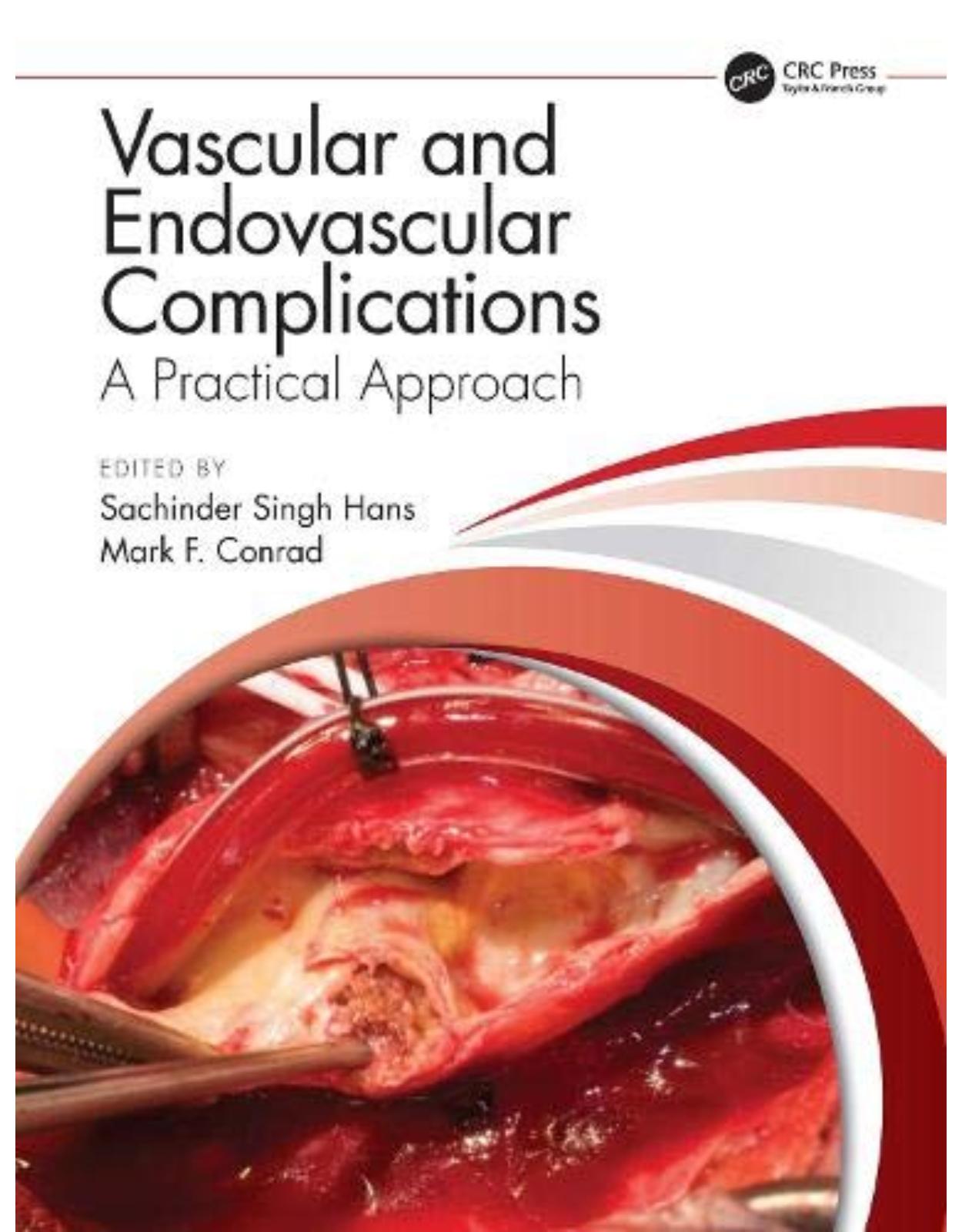
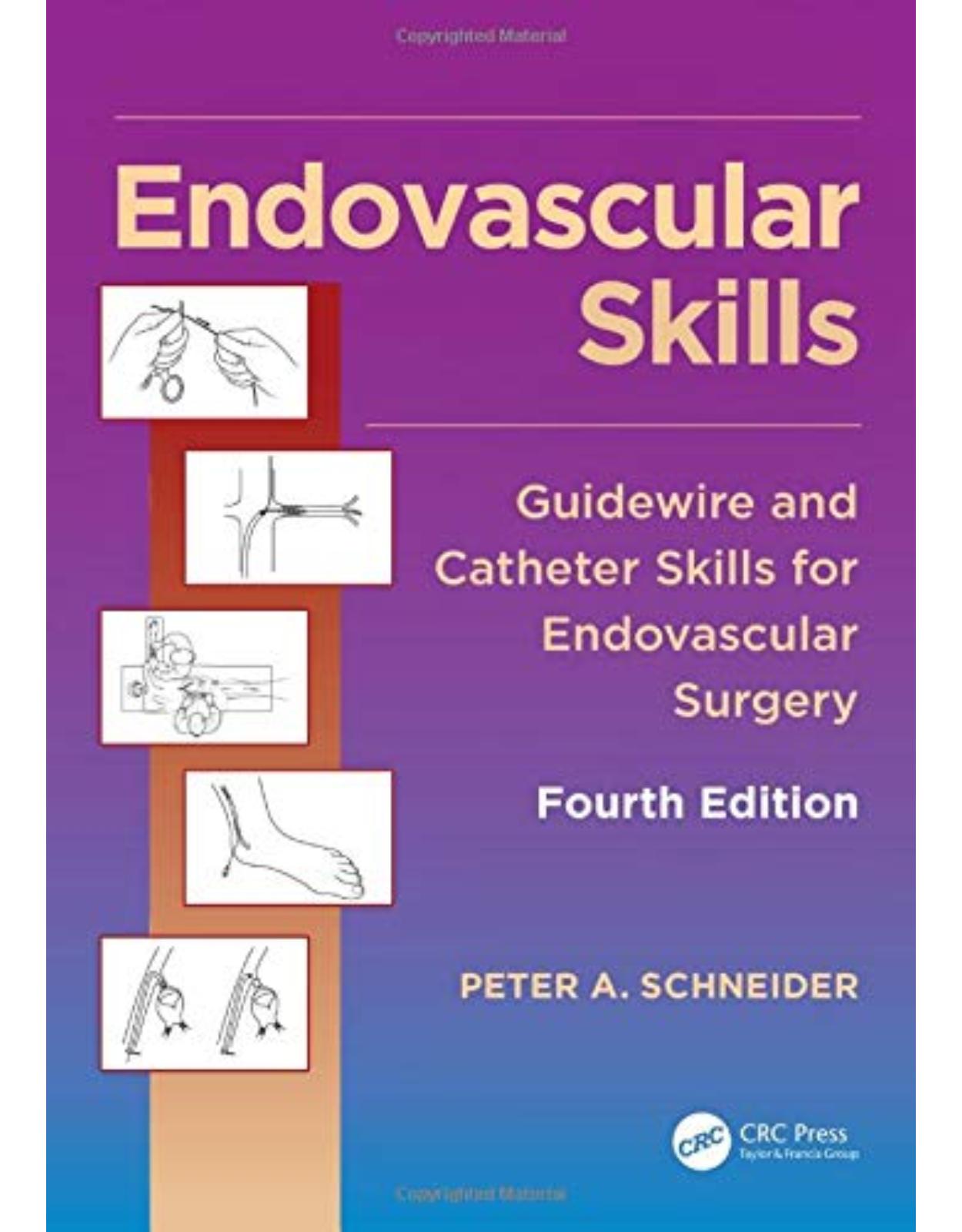
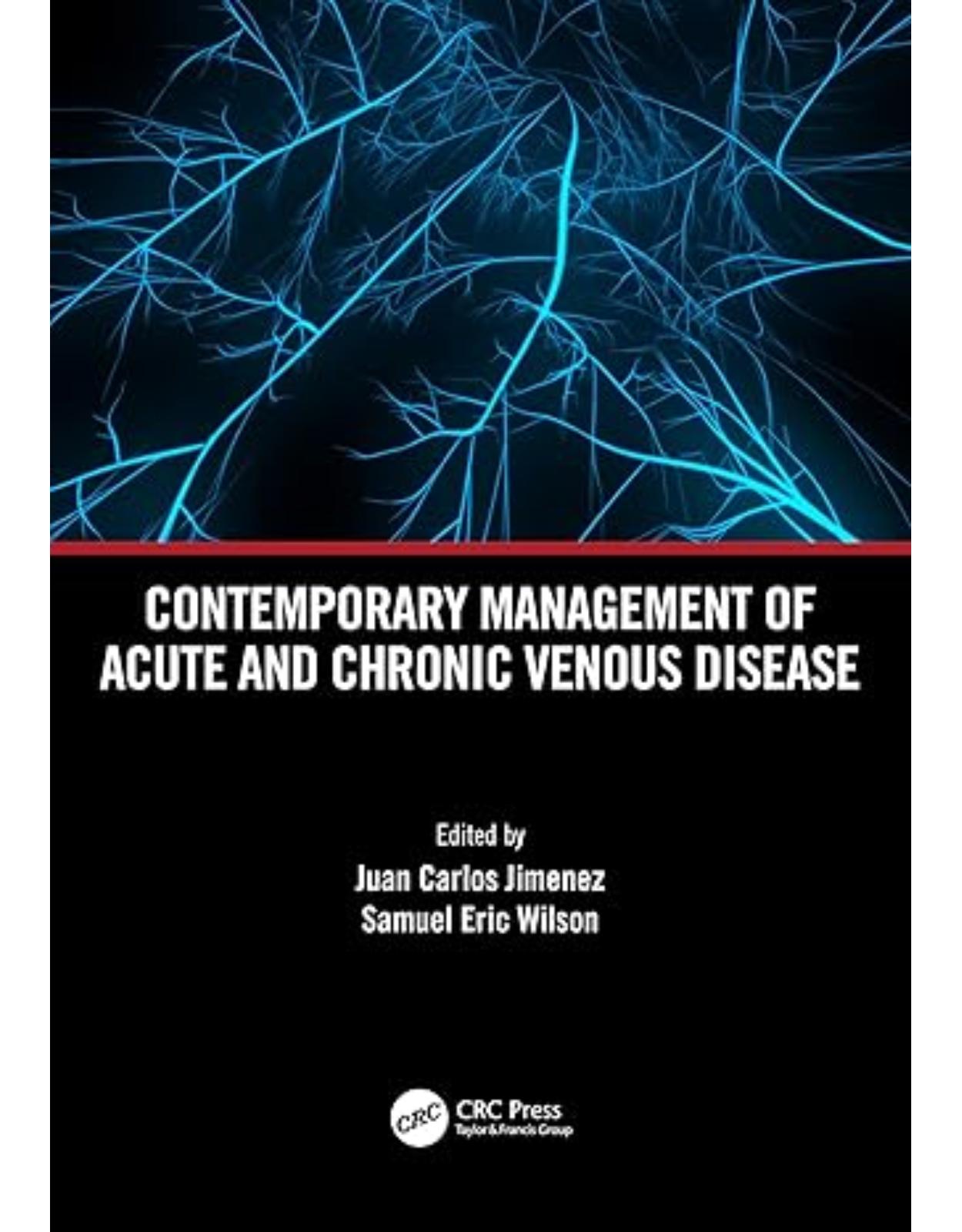
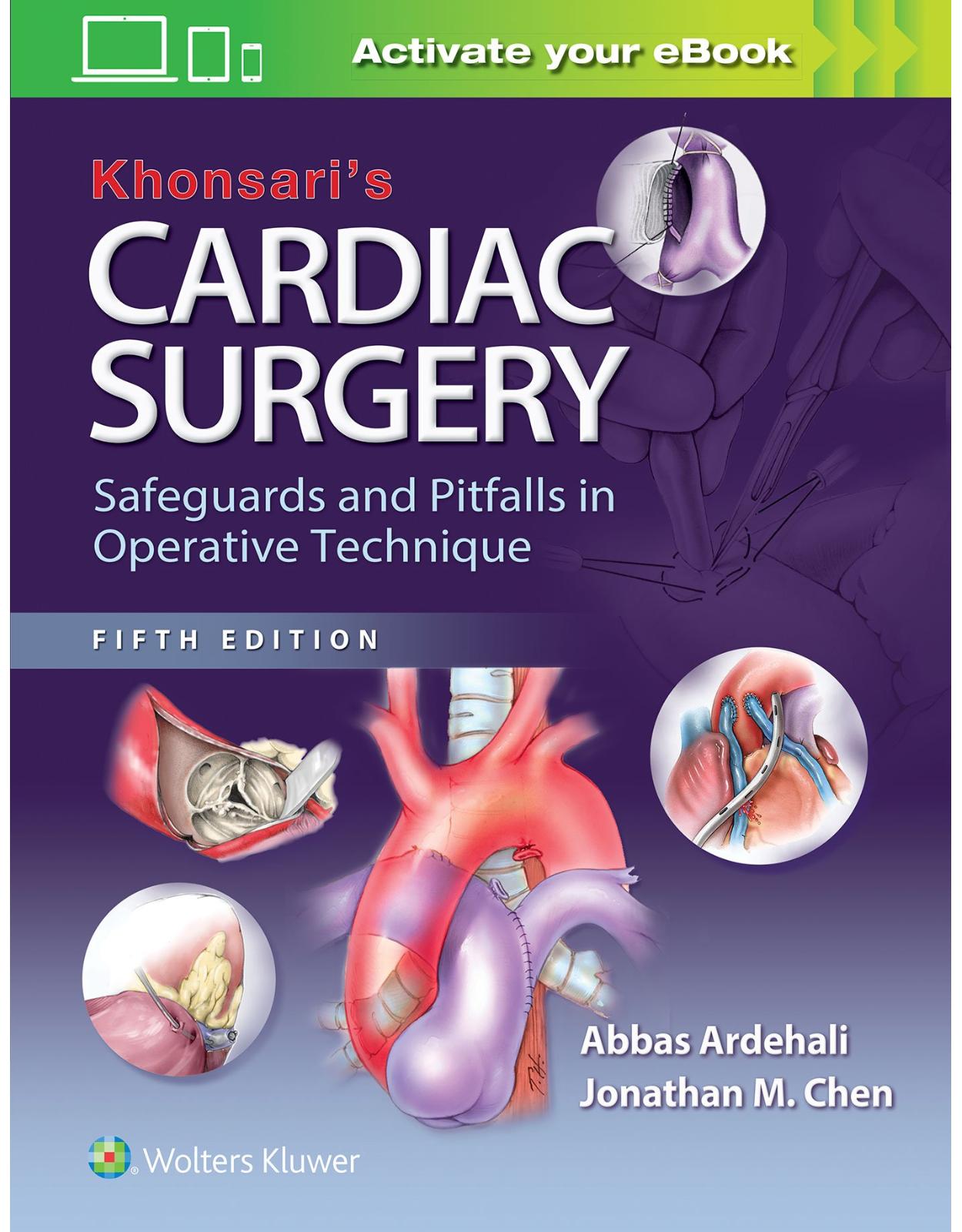
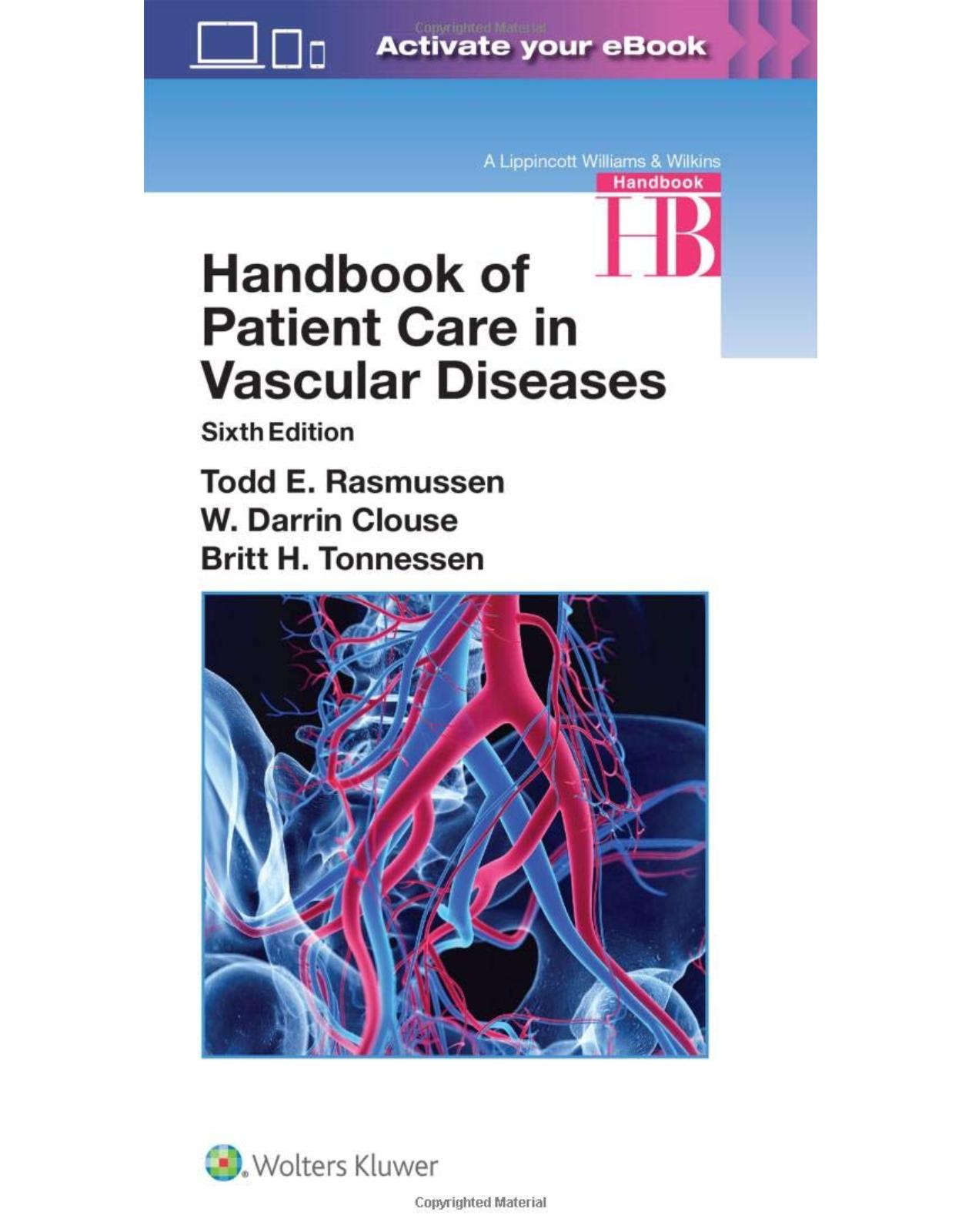
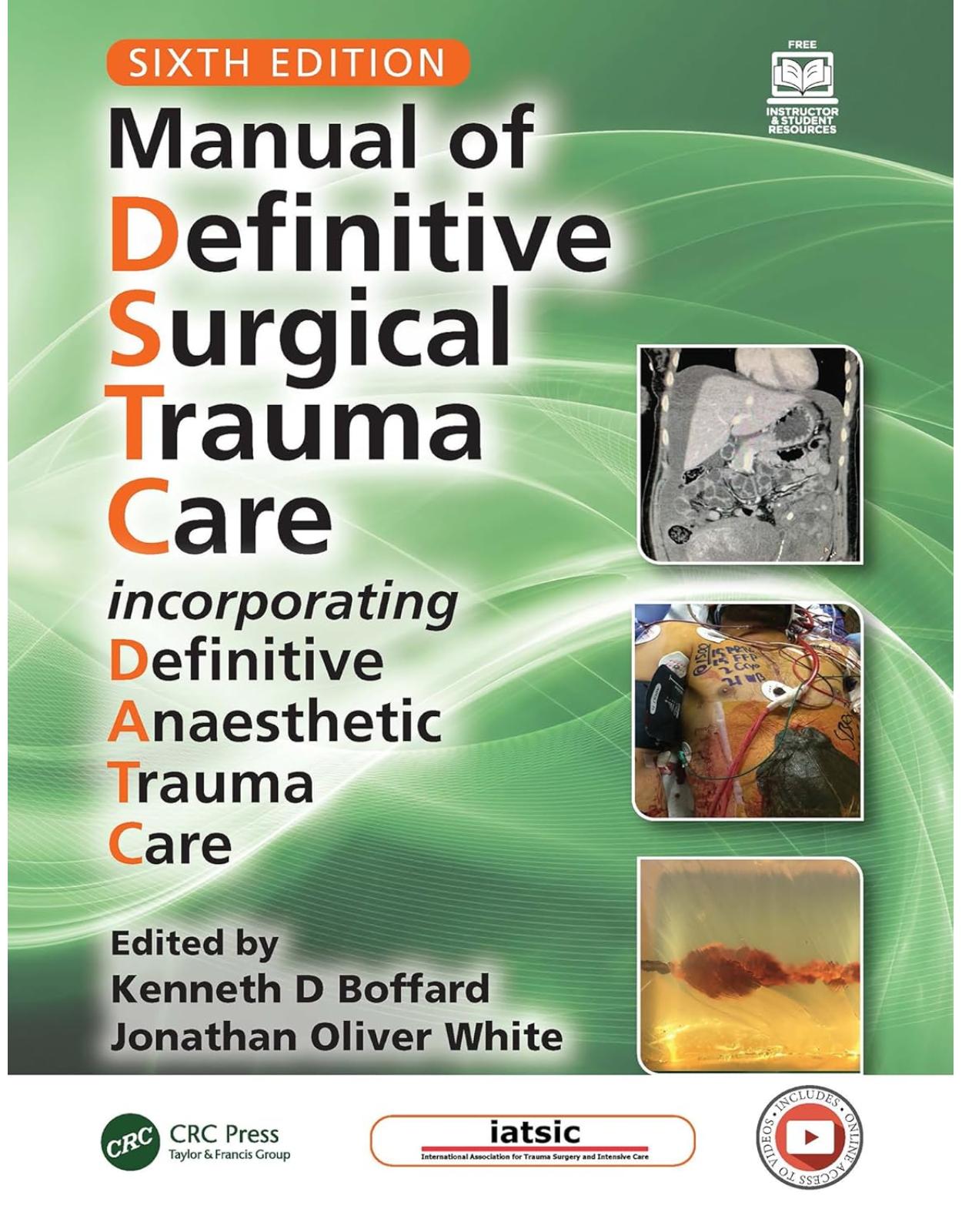
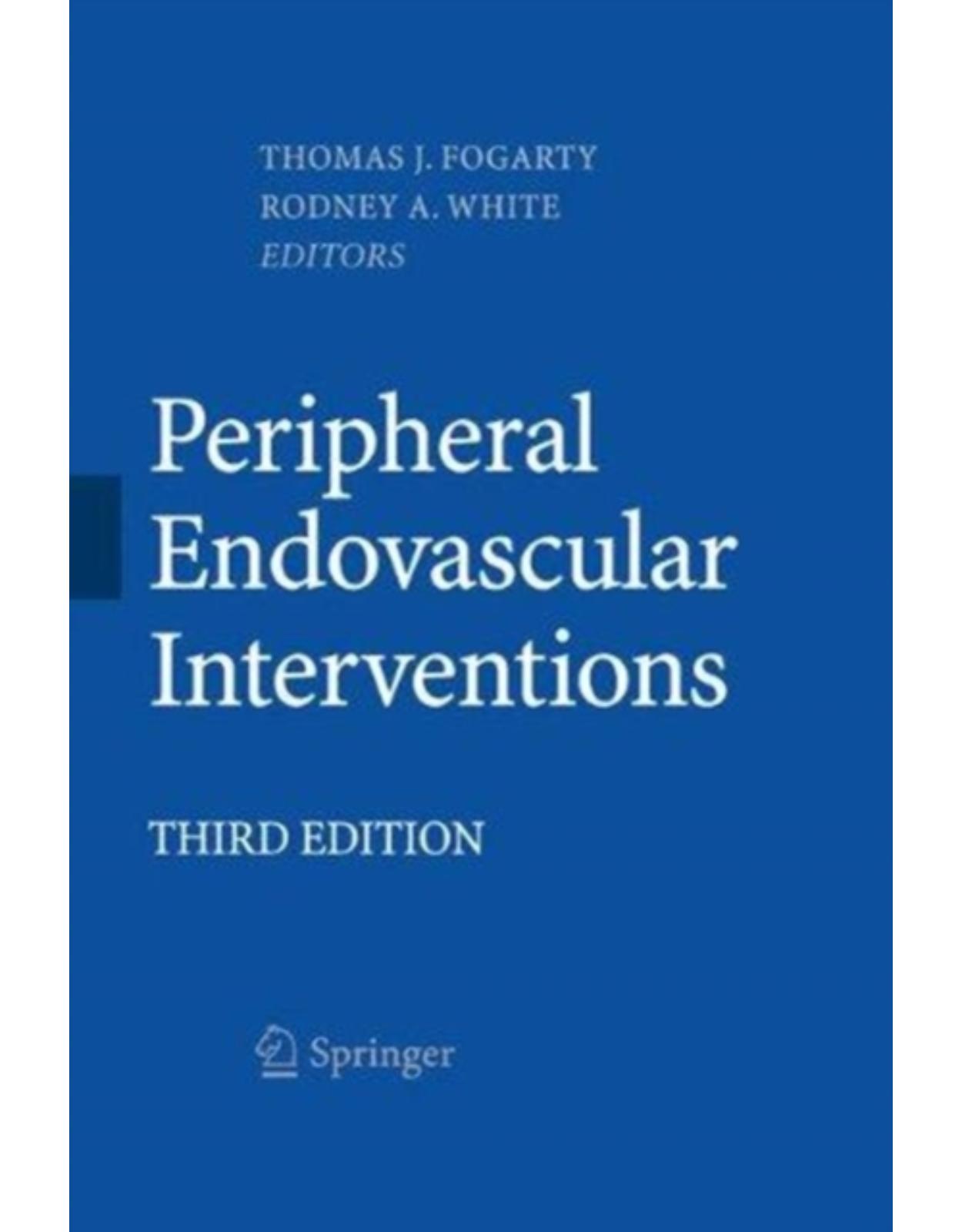
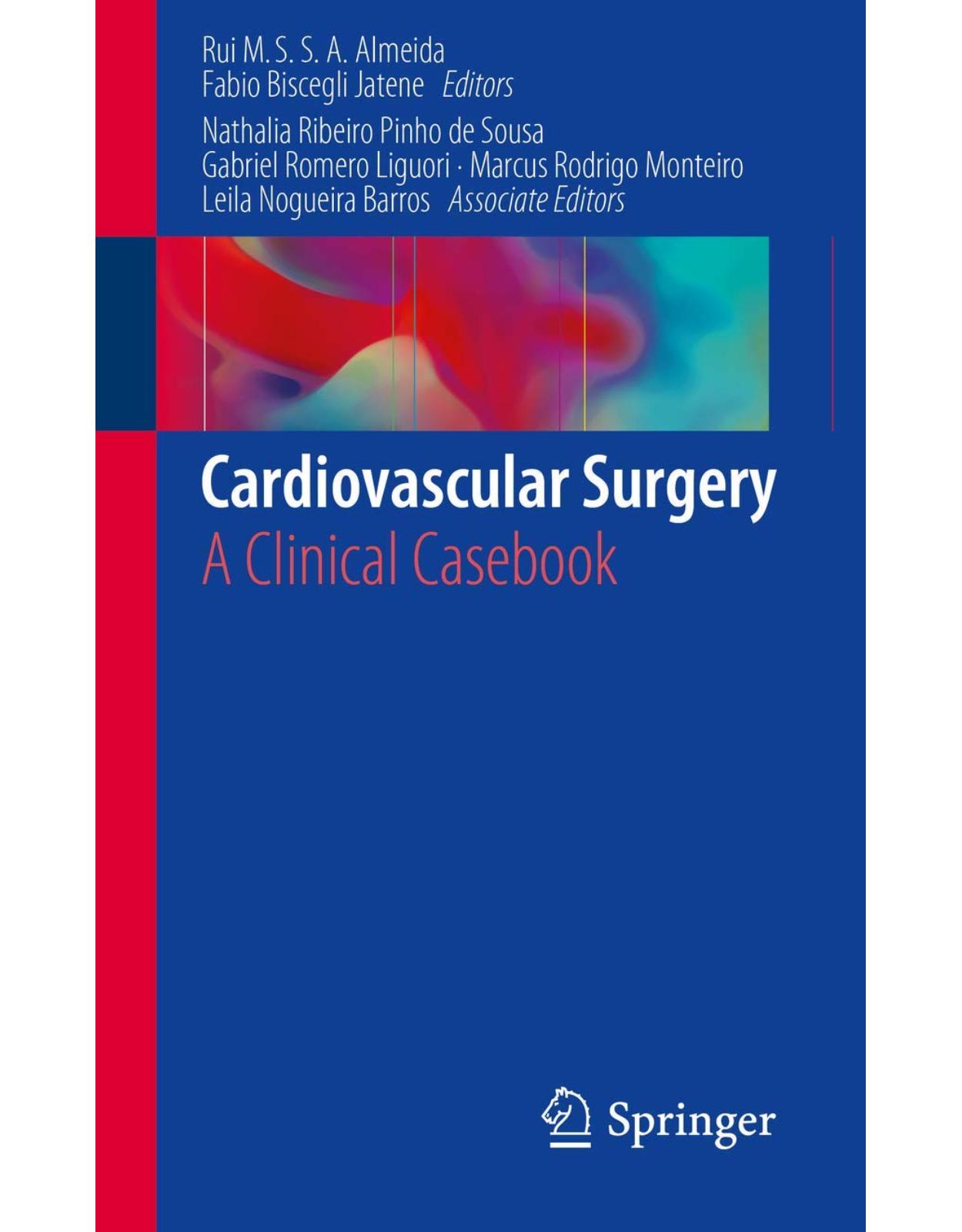
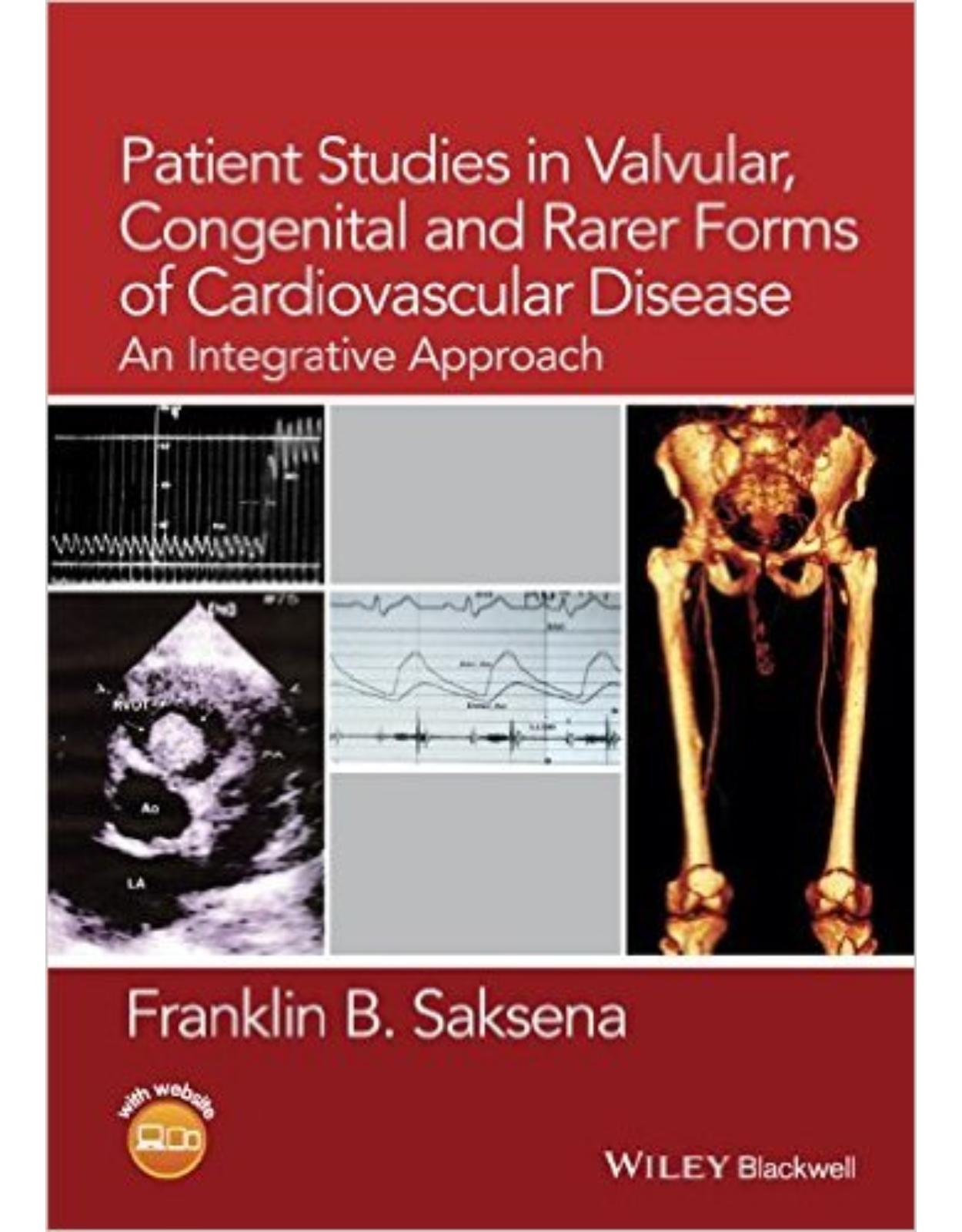
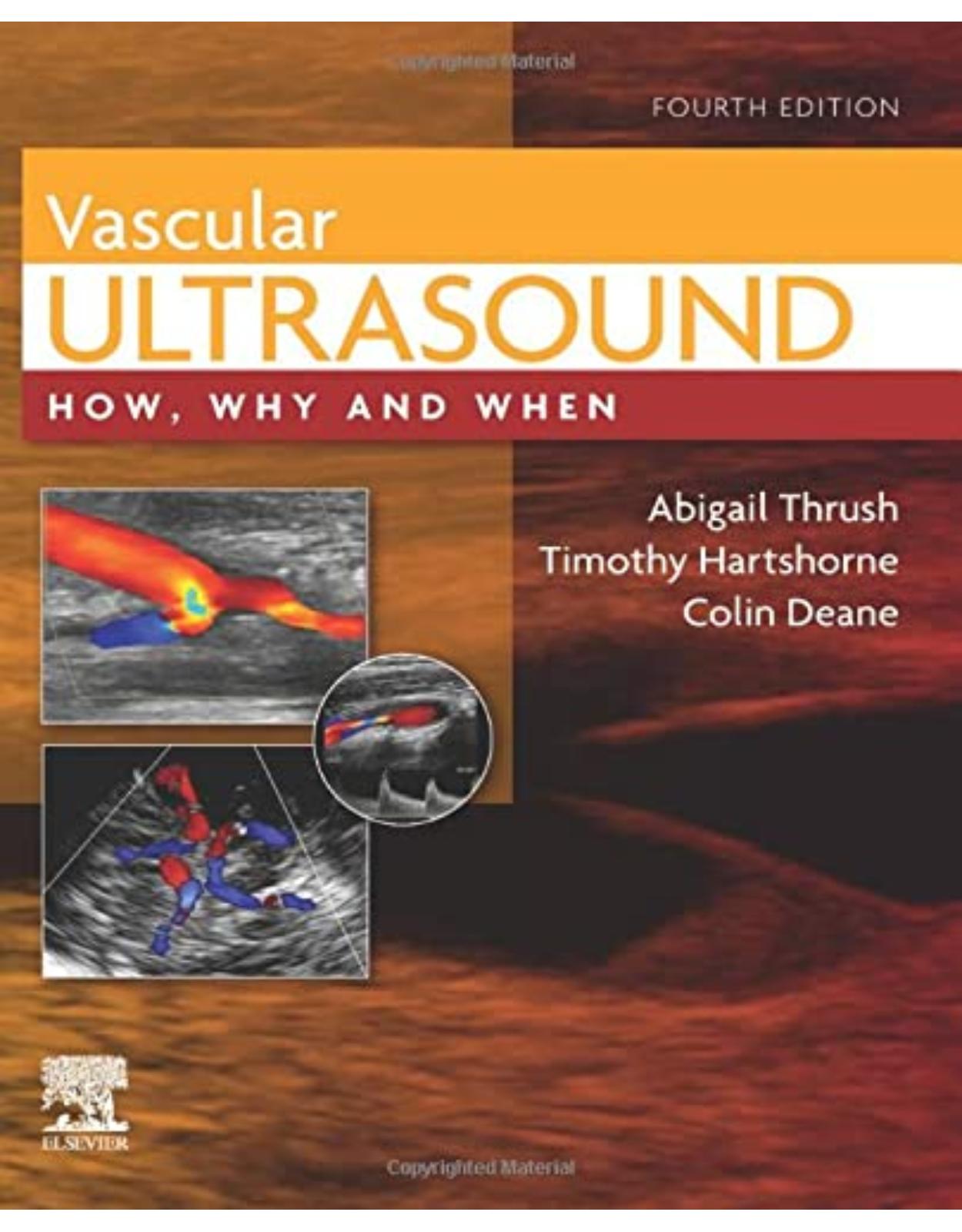
Clientii ebookshop.ro nu au adaugat inca opinii pentru acest produs. Fii primul care adauga o parere, folosind formularul de mai jos.